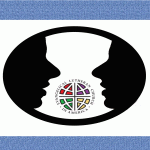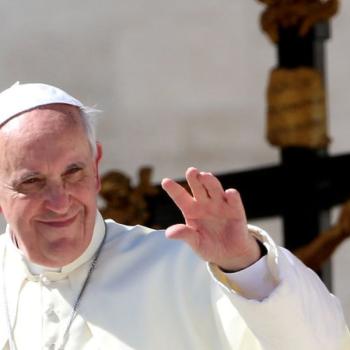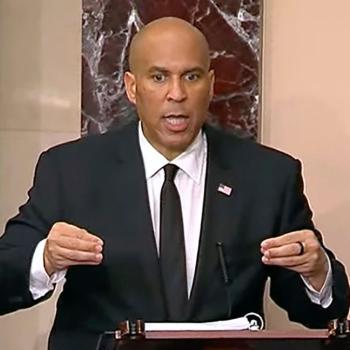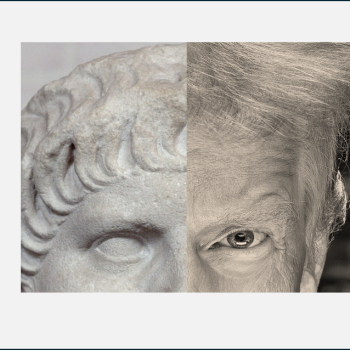Breach-Repairers: Reading and Preaching Isaiah 58 Using a Dialogical Lens
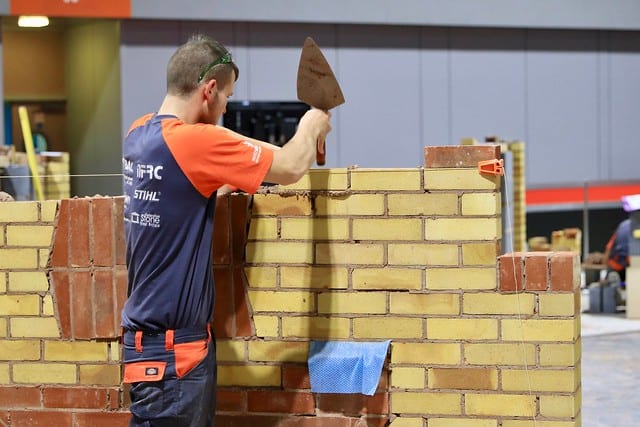
Aaron Speakman is the vicar intern at Israel’s Lutheran Church in Paris, Ohio, and was one of my students in a preaching course for the ELCA’s TEEM program (Theological Education for Emerging Ministries). I taught the class how to use a “dialogical lens” for reading scripture and preaching sermons. (You can read about the dialogical lens here. Also see Chapter 4 of my book Preaching in the Purple Zone: Ministry in the Red-Blue Divide for a more extended treatment.) Aaron decided to use the dialogical lens to focus on Isaiah 58:9b-14 and Luke 13:10-17. Let’s take a look at how he is preparing for this sermon.
As a reminder, here are the six steps for using the dialogical lens:
Six Steps for Using the Dialogical Lens
Point out the dialogical aspects of the passage.
Determine what’s at stake.
Identify the values.
Explain how God, Jesus, and/or the Holy Spirit is active.
Recognize what the dialogue is teaching us.
Suggest possible next steps.
Here are some points Aaron is considering as he’s thinking about applying the dialogical lens to the two passages:
Repairers of the Breach
- Aaron wants to utilize the phrase “repairers of the breach” in Isaiah 58:12 as the unifying image of his sermon. He will be exploring what the breach, or brokenness, looked like for the Israelites returning from exile, and for the woman in the Gospel reading bent over from a crippling spirit. He will also suggest ways in which we experience both personal and community brokenness in our own time.
Sabbath
- The theme of sabbath brings the Isaiah and Luke texts into conversation with each other. Aaron intends to frame sabbath not just as a day of rest and worship, but as an opportunity for justice and release from oppressive forces. Isaiah speaks about many justice issues including hunger [v.10], economic oppression [the “yoke, the needs of the afflicted”], health issues [v. 11a], and environmental issues [v. 11b]. How might we think about sabbath – a release from burdens and giving rest to our bodies, communities, and the earth itself – as a justice issue that we need to talk about in the church?
Seeing and Alleviating Suffering
- In the Luke text, Jesus is exercising divine justice when he heals the woman of the demonic spirit that has crippled her body. And he performs this healing on the Sabbath. The very moment of Jesus seeing her is what leads to her release. Jesus takes notice of a woman who had probably been “invisibilized.” Her physical and emotional condition likely rendered her undesirable, unfit for marriage, and possibly outcast from her community. Jesus recognizes her pain. He notices. Just paying attention to people’s suffering can be an act of justice – if it leads us to do something to alleviate that suffering. What is the suffering we need to see in order to become repairers of the breach, healers of brokenness?
Raising up Foundations
- In addition to “repairing the breach,” other images of rebuilding in Isaiah 12 are raising up the foundations of future generations and restoring streets to live in. What are contemporary examples of rebuilding and restoration that are needed? What would it look like for the church to “raise up the foundations of many generations”? In what ways can Christians and churches partner with people of other faiths or secular organizations to be “repairers of the breach”?
Sermon trajectory
Historical Orientation to the Text
Aaron will begin his sermon by noting that this portion of Isaiah (sometimes called Third Isaiah) addresses the people of Israel who have returned from exile. They’ve come back to find their homes, the Temple, and the very foundations of their city destroyed. The structures of the public space – the gathering place for God’s people to meet, worship, fellowship, and discuss their life together in community – are broken. Yet God promises to be with them as they rebuild – if they do so while guided by the principles of divine justice and mercy.
Removing the Yoke
The Isaiah passage culminates in a call to observe the sabbath and understand what it means. “Removing the yoke” connotes an image of lifting the burden from those engaged in hard labor. It’s like freeing the oxen from the heavy weight around their necks that’s used to control them. This image resonates strongly with Jesus’s scolding words delivered to the leader of the synagogue and his cronies when they criticize him for healing the bent-over woman on the sabbath. He points out their hypocrisy.
“Does not each of you on the sabbath untie his ox or his donkey from the manger and lead it away to give it water? And ought not this woman, a daughter of Abraham whom Satan bound for eighteen long years, be set free from this bondage on the sabbath day?” (Luke 12:15-16).
In fact, this woman is no beast of burden. Rather, Jesus bestows on her an honorific found nowhere else in the Bible: “Daughter of Abraham.” This is a startling recognition of her worth, her heritage, and the respect she is owed by the men and her community.
Invitation to Dialogue
In the spirit of dialogue, Aaron plans to invite his congregation to engage in conversation about what it means to free people from bondage in their own community. “How might we model for our communities what it looks like to turn outward rather than inward? To turn towards God’s will instead of our own?” he asks.
Freed to Praise God
He will remind them that they are, in fact, doing this very work of burden-lifting and breach-repairing. He will highlight their partnership with Habitat for Humanity in which they helped build a house for a single mother and her family. An actual foundation was poured upon which the house was built. And that house will hold this family in safety and security. Like the woman in Luke, this mother has now been freed. In this case, she is free from the burden of homelessness that has kept her bent over. She can now lift her head high and praise God. He will frame this as an example of “repairing the breach.”
And, he will point out, “We don’t do this work just because we are ‘nice people.’ We do this because it is breach-repairing work.” I would add that this is “God’s work, our hands” – one of the key phrases Lutherans use to describe their vocation in the world of healing, restoring, rebuilding, and repairing.
How about your congregation?
In what ways has your church helped to remove yokes, restore justice, repair broken lives, and raise up foundations? Consider having a conversation about what “breach-repairing” needs to be done in your community. Whatever form it takes, we can be assured that when we honor the sabbath with justice, we shall “take delight in the Lord” (Isaiah 58:14).
Have you heard of the Poor People’s Campaign and the Repairers of the Breach organization? Check out these links for ideas on partnering with your neighbors for justice in your community: https://www.poorpeoplescampaign.org/
https://www.breachrepairers.org/

Leah D. Schade is the Assistant Professor of Preaching and Worship at Lexington Theological Seminary in Kentucky. She is the author of Preaching in the Purple Zone: Ministry in the Red-Blue Divide (Rowman & Littlefield, 2019) and Creation-Crisis Preaching: Ecology, Theology, and the Pulpit (Chalice Press, 2015).
Twitter: @LeahSchade
Facebook: https://www.facebook.com/LeahDSchade/
Read also:
Using a Dialogical Lens for Scripture and Preaching
A Fiery, Divisive Jesus? Luke 12:49-56 Through a Dialogical Lens



